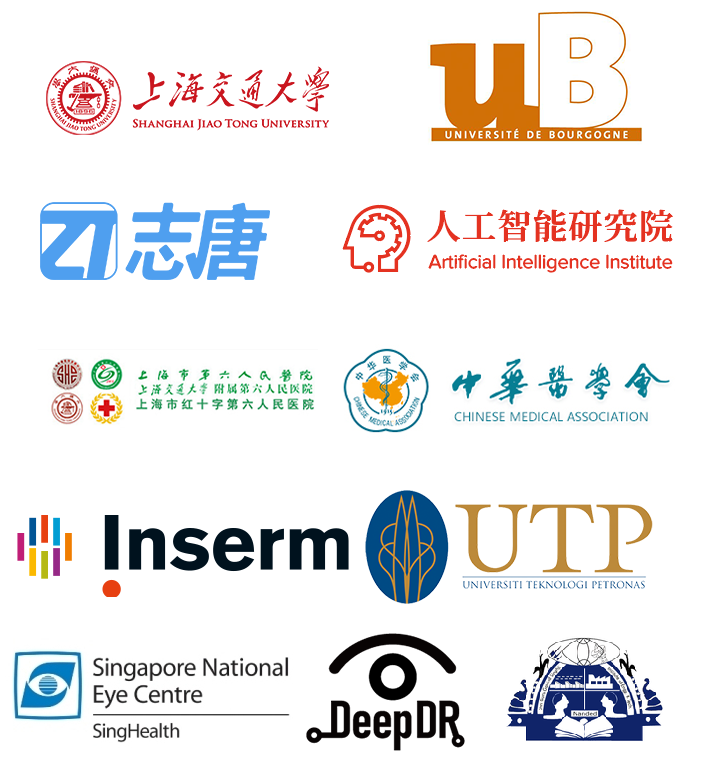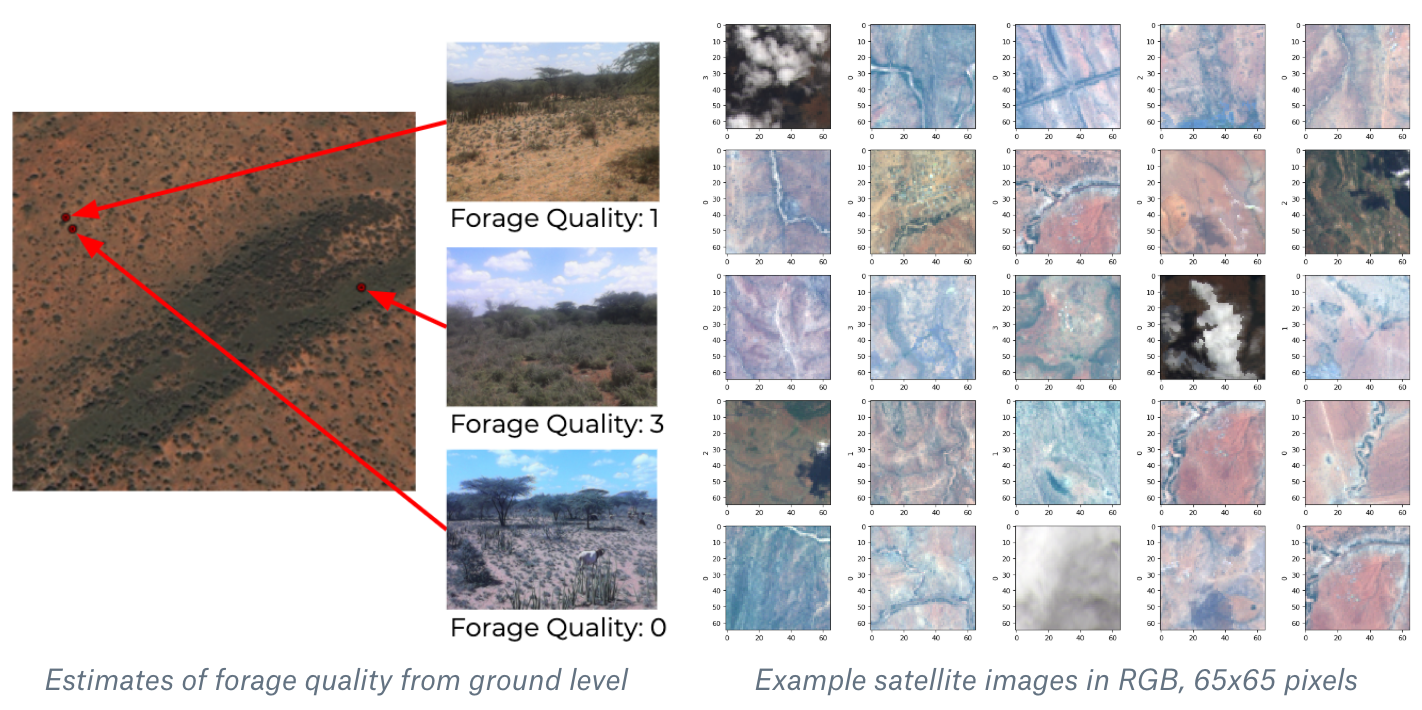URL: https://www.aicrowd.com/challenges/amld-2020-transfer-learning-for-international-crisis-response
What’s the Challenge?
Background
Over the past 3 years, humanitarian information analysts have been using an open source platform called DEEP
to facilitate collaborative, and joint analysis of unstructured data.
The aim of the platform is to provide insights from years of historical
and in-crisis humanitarian text data. The platform allows users to
upload documents and classify text snippets according to predefined
humanitarian target labels, grouped into and referred to as analytical
frameworks. DEEP is now successfully functional in several international
humanitarian organizations and the United Nations across the globe.
While DEEP comes with a generic analytical framework, each
organization may also create its own custom framework based on the
specific needs of its domain. In fact, while there is a large conceptual
overlap for humanitarian organizations, various domains define slightly
different analytical frameworks to describe their specific concepts.
These differences between the analytical frameworks in different domains
can still contain various degrees of conceptual (semantic) linkages,
for instance on sectors such as Food Security and Livelihoods, Health,
Nutrition, and Protection.
Challenge
Currently, the ML/NLP elements of DEEP are trained separately for
each organization, using the annotated data provided by the
organization. Clearly, for the organizations which start working with
DEEP, especially the ones with own custom frameworks, due to the lack of
sufficiently tagged data, the text classifier shows poor performance.
For these organizations, DEEP faces a cold-start challenge.
This challenge is a unique opportunity to address this issue with a
wide impact. It enables not only better text classification, but also
showcases those conceptual semantic linkages between the sectors of
various organizations, ultimately resulting in improved analysis of the
humanitarian situation across domains. You will be provided with the
data of four organizations, consisting of text snippets and their
corresponding target sectors, where, three of the organizations has the
same analytical frameworks (target labels), and one has a slightly
different one.
The aim is to learn novel text classification models, able to
transfer knowledge across organizations, and specifically improve the
classification effectiveness of the organizations with smaller amount of
available training data. Ideally, transfer and joint learning methods provide a robust solution for the lack of data in the data-sparse scenarios.
Societal Impact
The DEEP project provides effective solutions to analyze and harvest
data from secondary sources such as news articles, social media, and
reports that are used by responders and analysts in humanitarian crises.
During crises, rapidly identifying important information from the
constantly-increasing data is crucial to understand the needs of
affected populations and to improve evidence-based decision making.
Despite the general effectiveness of DEEP, its ML-based features (in
particular the text classifier) lack efficient accuracy, especially in
domains with little or no training data.
The benefits of the challenge would be immediately seen in helping to
increase the quality of the humanitarian community’s secondary data
analysis. As such, humanitarian analysts would be able to spend time
doing what the human mind does best: subjective analysis of information.
The legwork of the easier to automate tasks such as initial sourcing of
data and extraction of potentially relevant information can be left to
their android counterparts.
With these improvements, the time required to gain key insights in
humanitarian situations will be greatly decreased, and valuable aid and
assistance can be distributed in a more efficient and targeted manner,
while bringing together both in-crisis information, crucial contextual
information on socio-economic issues, human rights, peace missions etc.
that are currently disjointed.
What should I know to get involved?
The challenge is the classification of multilingual text snippets of 4
organizations into 12 sectors (labels). The data is provided in 4 sets,
each one belongs to a humanitarian organization. The amount of the
available data highly differs across the organizations. The first 3
organizations have used the same set of sectors; the 4th is tagged
based on a different set of sectors, however, its sectors have many
semantic overlaps with the ones of the first three organizations. The
success of the final classifiers is measured base on the average of the
prediction accuracies of organizations.
Resources
The data consists of 4 sets, belonging to 4 organizations (org1 to org4), and each comes with a development set (orgX_dev), and a test set (orgX_test).
The development sets contain the following fields:
- id: the unique identifier of text snippet; a
string value, created by concatenating the name of the organization with
a distinct number, for example org1_13005.
- entry_original: the original text of the snippet, provided in languages, such as English and Spanish.
- language: the language of the text snippet.
- entry_translated: the translation of the text snippet to English, done using Google Translator.
- labels: the label identifiers of the sectors. Each entry can have several labels. These labels are separated with semicolons (;).
The test sets contain the following fields:
- id: the unique identifier of text snippet.
- entry_original: the original text of the snippet.
- language: the language of the text snippet.
- entry_translated: the translation of the text snippet to English, done using Google Translator.
Important: As mentioned before, the first three
organizations have the same labels, but the fourth has a set of
different ones. The sectors regarding each label identifier are provided
in the label_captions file. Later in this section, you can
find a detailed explanation of the meaning of these sectors, and their
potential semantic relations.
Submissions
As mentioned above, each entry in train data can have one or more
labels (sectors). However, for submission you should provide the
prediction of only one label, namely the most probable one.
Given the test sets of the 4 organizations, the submissions should be provided in comma-separated (,) CSV format, containing the following two fields:
- id: the unique identifier of text snippets in the test sets
- predicted_label: the unique identifier of ONE predicted label
The submission file contains the predictions of all 4 organizations together. Here an example of a submission file:
`id,predicted_label
org1_8186,1
org1_11018,10
…
org2_3828,5
org2_5340,9
…
org3_2206,8
org3_1875,4
…
org4_75,107
org4_158,104
…
`
Evaluation
The evaluation is done based on the mean of accuracy values over the
organizations: we first calculate the accuracy of the predictions of the
test data of each organization, and then report the average of these 4
accuracy values. This measure is referred to as Mean of Accuracies.
Since the reference data, similar to train data, can assign one or more labels to each entry, we consider a prediction as correct, when at least one of the reference labels are predicted.
This evaluation measure gives the same weight to each organization,
although each organization has a different number of test data. It
incentivizes good performance on the organizations with smaller
available training (and also test) data, as they have the same
importance as the other ones.
To facilitate the development and test of the systems, we provide the evaluation script (deep_evaluator.py), available in Resources.
A Guidance through the Sectors
Humanitarian response is organised in thematic clusters. Clusters are
groups of humanitarian organizations, both UN and non-UN, in each of
the main sectors of humanitarian action, e.g. water, health and
logistics. Those serve as global organizing principle to coordinate
humanitarian response.
Sectors for the first, second, and third organization:
- (1) Agriculture
- (2) Cross: short form of Cross-sectoral; areas of humanitarian
response that require action in more than one sector. For example
malnutrition requires humanitarian interventions in health, access to
food, access to basic hygiene items and clean water, and access to
non-food items such as bottles to feed infants.
- (3) Education
- (4) Food
- (5) Health
- (6) Livelihood: Access to employment and income
- (7) Logistics: Any logistical support needed to carry out
humanitarian activities e.g. air transport, satellite phone connection
etc.
- (8) NFI: Non-food items needed in daily life that are not food such as bedding, mattrassess, jerrycans, coal or oil for heating
- (9) Nutrition
- (10) Protection
- (11) Shelter
- (12) WASH (Water, Sanitation and Hygiene)
Sectors for the fourth organization:
- (101) Child Protection
- (102) Early Recovery and Livelihoods
- (103) Education
- (104) Food
- (105) GBV: Gender Based Violence
- (106) Health
- (107) Logistics
- (108) Mine Action
- (109) Nutrition
- (110) Protection
- (111) Shelter and NFIs
- (112) WASH



